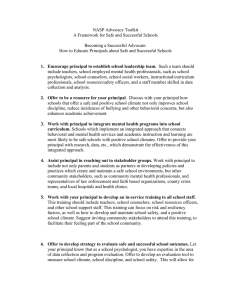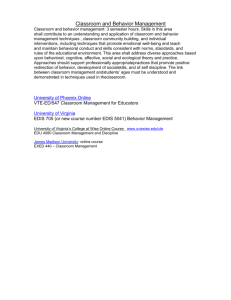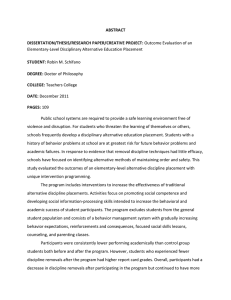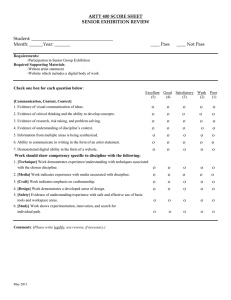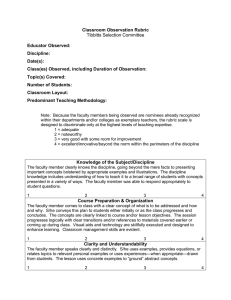in private
advertisement
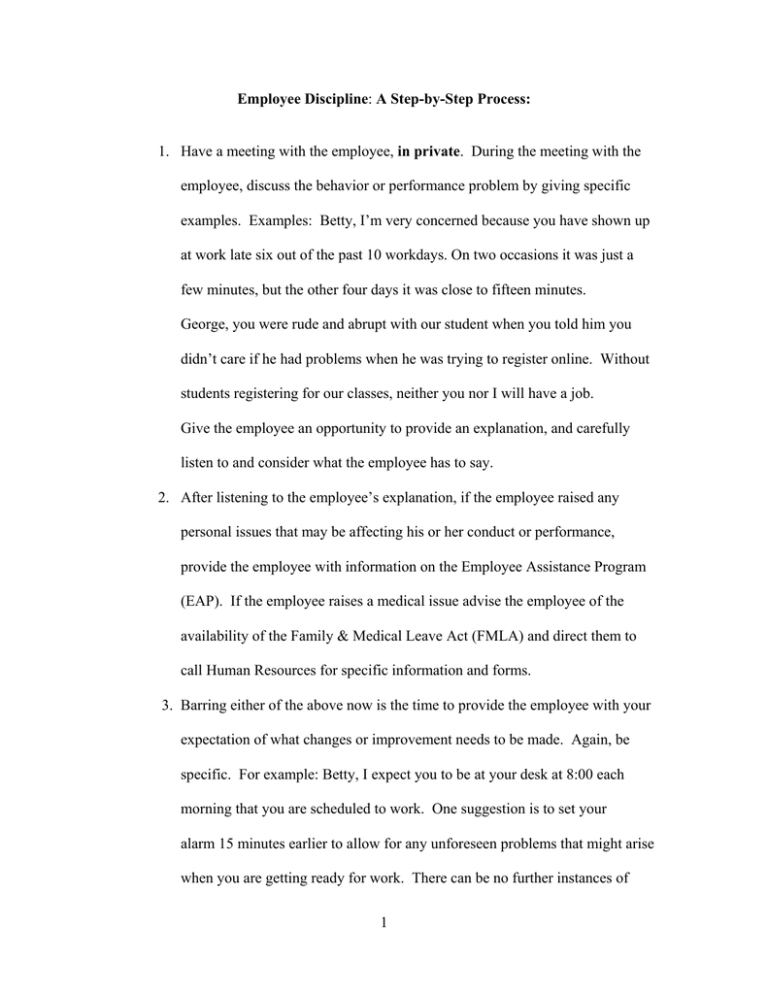
Employee Discipline: A Step-by-Step Process: 1. Have a meeting with the employee, in private. During the meeting with the employee, discuss the behavior or performance problem by giving specific examples. Examples: Betty, I’m very concerned because you have shown up at work late six out of the past 10 workdays. On two occasions it was just a few minutes, but the other four days it was close to fifteen minutes. George, you were rude and abrupt with our student when you told him you didn’t care if he had problems when he was trying to register online. Without students registering for our classes, neither you nor I will have a job. Give the employee an opportunity to provide an explanation, and carefully listen to and consider what the employee has to say. 2. After listening to the employee’s explanation, if the employee raised any personal issues that may be affecting his or her conduct or performance, provide the employee with information on the Employee Assistance Program (EAP). If the employee raises a medical issue advise the employee of the availability of the Family & Medical Leave Act (FMLA) and direct them to call Human Resources for specific information and forms. 3. Barring either of the above now is the time to provide the employee with your expectation of what changes or improvement needs to be made. Again, be specific. For example: Betty, I expect you to be at your desk at 8:00 each morning that you are scheduled to work. One suggestion is to set your alarm 15 minutes earlier to allow for any unforeseen problems that might arise when you are getting ready for work. There can be no further instances of 1 being tardy for the next three months or this may escalate to a written warning. Provide the employee an opportunity to ask any questions or discuss any problems they may have with the expectations you have articulated. Be sure to set time limits for improvement and be very clear about the subsequent consequences. These expectations, goals and time limits are to be documented in the Performance Improvement Plan (a written plan with goals and timelines) with the assistance of the employee; it is directed at helping to improve the performance or behavioral issue. Remember, be firm and clear about what improvement you expect to occur. Tell the employee that you may have to take further steps if the behavior or performance does not improve; up to and including termination. 4. Give the employee periodic and specific feedback – prior to the employee leaving your office, schedule the next time you will meet with them for follow-up. 5. Most organizations have clearly defined steps for progressive discipline, meaning that if the sub par performance or behavioral issues continue you may have progressively more serious discipline. 2
